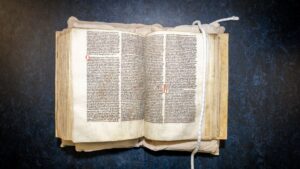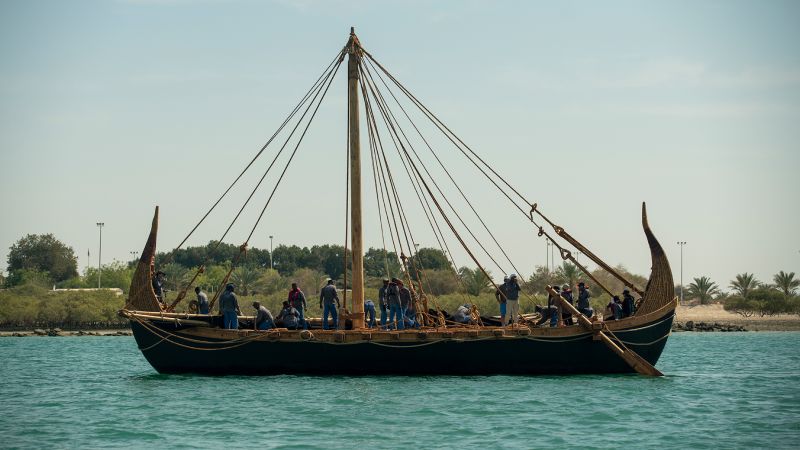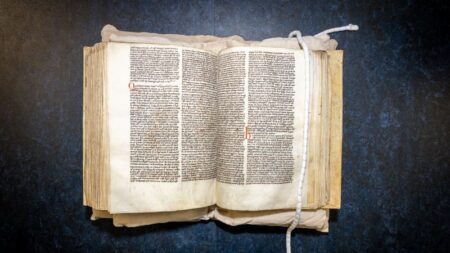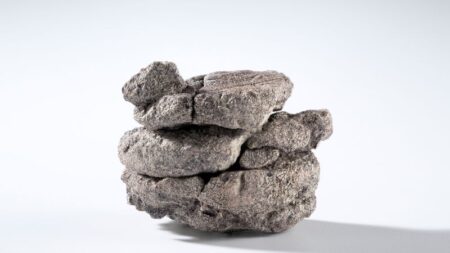Ancient shipbuilding techniques were put to the test in a monumental project that saw a Bronze Age ship sail off the coast of Abu Dhabi, United Arab Emirates. The vessel, known as a Magan boat, was reconstructed by a team of experts after deciphering ancient writings on a clay tablet. Measuring 59 feet (18 meters) in length, the ship was assembled using techniques dating back to 2100 BC, when the Persian Gulf played a crucial role in global maritime trade.
Magan boats were once used to transport goods such as copper, textiles, and semiprecious stones between societies in Mesopotamia and the Indus Valley. The reconstruction project aimed to uncover ancient craftsmanship techniques, understand the connections between Bronze Age societies, and shed light on the UAE’s role in Bronze Age trade.
The shipbuilding team, made up of archaeologists, anthropologists, engineers, scientists, and digital humanities experts, succeeded in constructing a seaworthy vessel using only historical methods. The boat set sail on its maiden voyage on March 2, marking the world’s largest reconstruction of a Bronze Age Magan boat.
The ship’s sail, made of goat hair and weighing 280 pounds (127 kilograms), was raised by more than 20 people using traditional rigging methods. The vessel covered 50 nautical miles (92.6 kilometers) and reached speeds of up to 6.4 miles per hour (5.6 knots) during sea trials off the coast of Abu Dhabi. Emirati sailor Marwan Abdullah Al-Marzouqi, whose family has a long history in maritime heritage, was one of the ship’s captains during the trials.
The journey aboard the Magan boat was described as a “journey through time” by Capt. Abdallah Alremaithi, who navigated the vessel during its sea trials. The unique experience of sailing on the ancient ship was a poignant moment for researcher Ayesha Almansoori, one of five women who were part of the sailing crew.
After the successful sea trials, the Magan boat will be displayed at the Zayed National Museum on Saadiyat Island, showcasing the UAE’s maritime history and cultural connections enabled by ancient seafaring. The chairman of the Department of Culture and Tourism in Abu Dhabi, Mohamed Khalifa Al Mubarak, emphasized the significance of the ship and its journey in bridging the gap between the past and the present.










